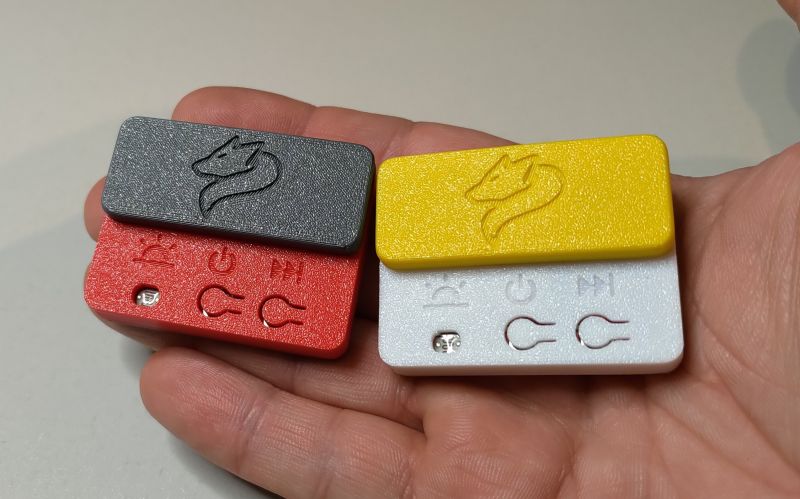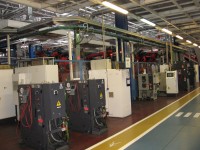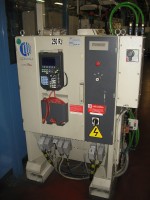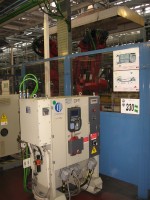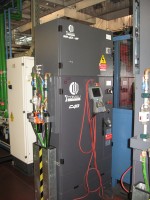maciek95k wrote:........ I am also interested in how the rotation mechanism is built in such robots. ............ Has anyone had contact with such robots here and could someone tell me something?
Hello friend
First, congratulations on making an amateur 5-axis robot arm for purely experimental purposes. Why not a "welding robot", here I agree with some of the arguments of one of the speakers who discussed welding in his post and I will not repeat it.
But to the point.
As help and knowledge enrichment. It has a Polish translation (only book, not pdf) of the ABB instructions for the IRB1400 and IRB6400 robot. And if possible, I can send you descriptions that interest you in the form of a scan or photo (provided that it does not infringe ABB's copyrights), starting from technical issues related to the construction (including construction details of individual axes), through control methods and ending with a diagram .
However, I will quickly suggest that the reduction gears of individual axes are now practically only cycloidal (in new designs), once planetary. The driving motors are only 3F servos + resolver + electromagnetic brake.
Control based on two computers, one for controlling the axis inverters and communicating with the measuring board called SMB (all resolvers are connected to it) and performing calculations related to the trajectory and a second computer that handles the rest, i.e. communication with the teach pendant, language interpreter RAPID, editing and maintenance of user software, etc. I have intentionally omitted the description of power circuits, security, data recording, I / O card handling. And there is a lot of it.
If you have programming skills and you intend to continue to develop your design, I would suggest that you follow the path that ABB robot developers have taken with regard to amateur possibilities. So, on a PC, you edit individual points of the robot's movement, initial calculations of the position, all this is sent to an additional module, e.g. in the form of a Raspberry Pi via the Eth link, and it supports everything related to motor management (whether it is servos or steppers), encoders and monitoring the calculated trajectory of the individual axes. And all this "embellished with mutual synchronization of all axes" with complex motion in some predetermined unit of time.
An important issue, apart from motor skills and kinematics of the arm, is also the choice of the coordinate system in which the robot is to work. For professional solutions, these are at least three (global, basic, from the point of view of the TCP attachment, from the point of view of the tool tip, etc.). For amateur constructions, I would choose the TCP point (for a 6-axis robot it is the center of the tool mounting disk on the rotary axis No. 6) and I would add a software correction for the length of the "torch pipe". For the coordinate system, I would choose the primary XYZ. The basic type of movement is only linear, and after the joint is under control, then circular.
I apologize if I have covered a lot of topics at once and did not describe them in detail, or even did not cover them at all.
Do you have any specific questions, ask (ABB robots only), I will answer based on my knowledge or using the documentation as I have free time.
Maybe this thread will develop something like "amateur roboto construction for everyone".



